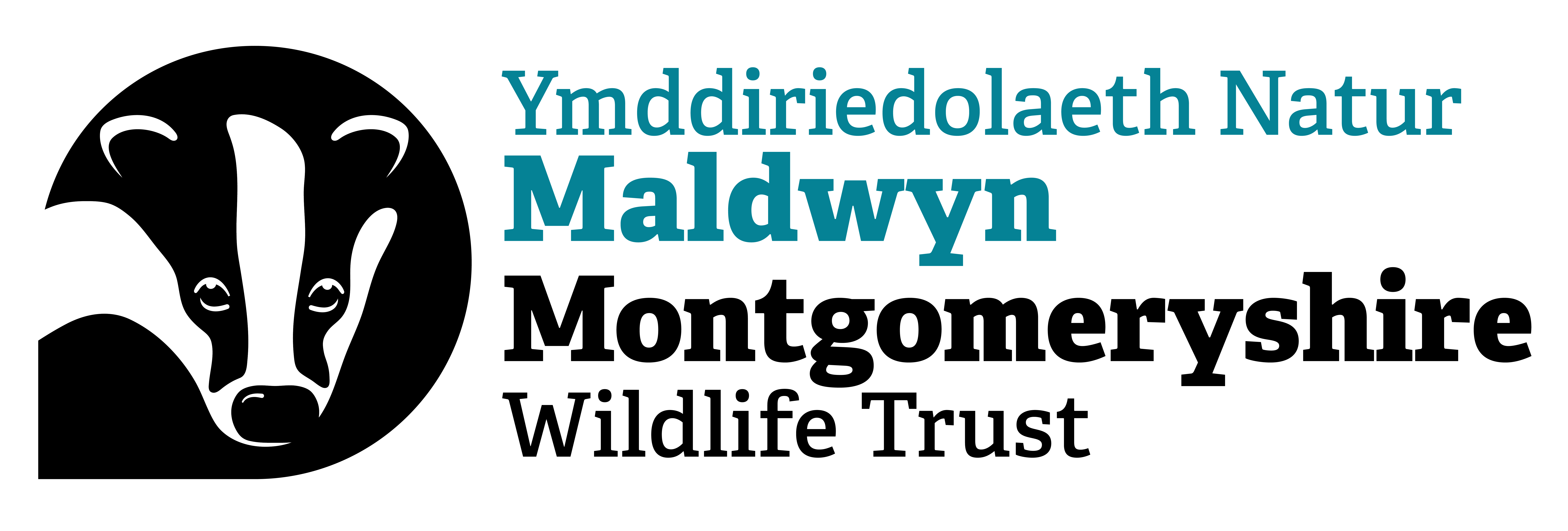Search
Chwilio
Navelwort
The disc-shaped leaves and straw-coloured flower spikes of Navelwort help to identify this plant. As does its habitat - look for it growing from crevices in rocks, walls and stony areas.
Precious Pearls; a brighter future?
Following the success of Montgomeryshire Wildlife Trust’s appeal to save the Pearl-bordered Fritillary butterfly last December – ‘PBF: A New Hope’ – timely habitat work and good Spring weather…
Caledonian forest
Caledonian forest forms an integral part of some of our wildest landscapes - extensive pine forests merge with heathlands, wetlands and montane habitats and create areas large enough for wildcat,…
Limestone pavement
Slabs of smooth grey rock, incised with deep fissures and patterned with swirling hollows and runnels sculpted by thousands of years of rainwater, form an unlikely wildlife habitat. Look a little…
Water vole
The water vole is under serious threat from habitat loss and predation by the American mink. Found along our waterways, it is similar-looking to the brown rat, but with a blunt nose, small ears…
Machair
A rare habitat remarkable for its colourful diversity of wildflowers and abundant birdlife, machair grassland is a feast for the ears and eyes.
Do a litter pick or beach clean!
Be a wildlife saviour and do a litter pick or beach clean!
Arable fields
Most arable fields are large, featureless monocultures devoid of wildlife, but here and there are smaller fields and tucked away corners that are farmed less intensively, or are managed…
Wayfaring-tree
The wayfaring-tree is a small tree of hedgerows, woods, scrub and downland. It displays creamy-white flowers in spring and red berries in autumn, which ripen to black and are very poisonous.
Llyn Coed y Dinas
Wildlife service station
Ponds
Whether found in a garden or part of an agricultural landscape, ponds are oases of wildlife worth investigating. Even small ponds can support a wealth of species and collectively, ponds play a key…
